Learning disabilities, more aptly termed “learning differences” in our current lexicon, refer to the diverse ways in which kids learn and absorb material. It’s often used as a catchall term for individuals who cannot learn in the typical manner. This can be due to the fact that traditional teaching methods often don't align with the way in which some people learn. It's important to recognize that those with learning differences are capable and eager to learn, they just need different methods to thrive.
In addition to altered educational strategies, keeping the sensory system in check can make a significant impact on those who have learning differences. Here are a few strategies to help support those who learn differently.
1. Cut Down on Distractions
We often think of ‘noise’ as purely auditory distractions. Crowded environments are often loud, so using tools like Noise Reduction Headphones can be a big help. Add padding on the bottom of chairs to reduce the scraping sounds made when you move a chair on the floor. If noise is still an issue even with the doors of a room closed, consider installing Felt Right Tiles for Noise Reduction.
Visual noise can also be a major obstacle to learning. Overly busy bulletin boards or walls may be visually overwhelming, making it hard for kids to know where to look. Bright fluorescent lights can lead to sensory overload, too. Light covers help minimize the negative impact bright lighting may have on children.
2. Encourage Movement
Active minds need active bodies! Studies have shown that physical activity can boost focus and improve learning. Use a variety of active seating to help kids maintain attention. Depending on the setting, choose a Chair Ball, Wiggle Cushions, standing desk or even balance board like the Rockin Rocker Board or Foam Rocker Board to provide children with just enough active input.
In addition to active seating, it’s important for children to take movement breaks throughout their day. Make sure to provide ample opportunities for kids to get up and move around. If there is access to one, then spend some time in a sensory room. You can also keep sensory tools in a classroom. A Bounce Board stores easily when not in use and is a safe outlet for jumping. The Break Boxes are full of tools that satisfy a range of sensory needs.
3. Work on Hand-Eye Coordination
Seemingly simple activities, like playing catch, can be remarkably therapeutic. Crossing midline, anticipating exactly when to catch and throw, and the rhythmic movement of the game stimulate the brain to engage and perform. Use Weighted Tactile Beanbags for added textural interest. Encourage children to solve puzzles for more of a cognitive challenge. They can tackle a large one, like the SensaSoft™ Puzzle Cube, or something smaller such as the Magnetic Puzzle Fidget.
4. Position and Posture
The way a child sits can make a huge impact on their ability to attend. Offering flexible seating options can provide a healthy change from a static posture. For example, a Lean-N-Learn Wedge Cushion can put a child in an active learning posture. Read our blog about Wiggle Cushions and ADHD for a more in-depth look at the benefits of sensory seating.
5. Weight and Pressure
Sensory tools that provide weight and pressure input can have a calming effect and enhance concentration. Wearing a weighted vest or compression clothing are great ways to give the input a child needs. They can also use a weighted lap pad while sitting at a desk or table, to help them make it through the school day.
6. Use Vibration
Similar to a mini massage, vibration can wake up the muscles and joint receptors. It acts as a sensory filter and may help some kids with concentration. Vibration can be applied to a child’s back, arms or legs when their body needs a wake up call to increase alertness. Tickles the Turtle is a friendly-looking handheld massager that kids can use themselves!
7. Address the Mouth
Oral input is sometimes overlooked. For children who crave oral input, chewies are a low profile way to keep their mouth busy so that their brain can engage in the task at hand. Chewing gum, eating crunchy snacks and sipping ice water are other good ways to keep the brain alert. There are many specialized vibrating tools to provide oral sensory input, like the Vibra Chew.
8. Fidgeting and Doodling
Contrary to popular belief, fidgeting can be a great brain booster rather than a distraction, if used correctly. It may appear as though kids are just daydreaming. More often than not, providing a handheld fidget, foot fidget or simply allowing opportunities for children to doodle can improve focus and retention.
9. Promote Deep Breathing
Taking a moment to breathe deeply can have a tremendous effect on children’s ability to pay attention. Do deep breathing exercises before beginning a lesson or after transitions at school. Turn it into a fun activity for kids with bubbles or a wind instrument to help get oxygen flowing to the brain.

These tips should provide you with plenty of tools to implement for students with learning differences. Remember, everyone wants to learn but for some, learning may look different. With patience and the right support, anyone can improve their ability to learn. Small, consistent efforts make a big difference.
Learn more about how to best support students with our interactive courses.



















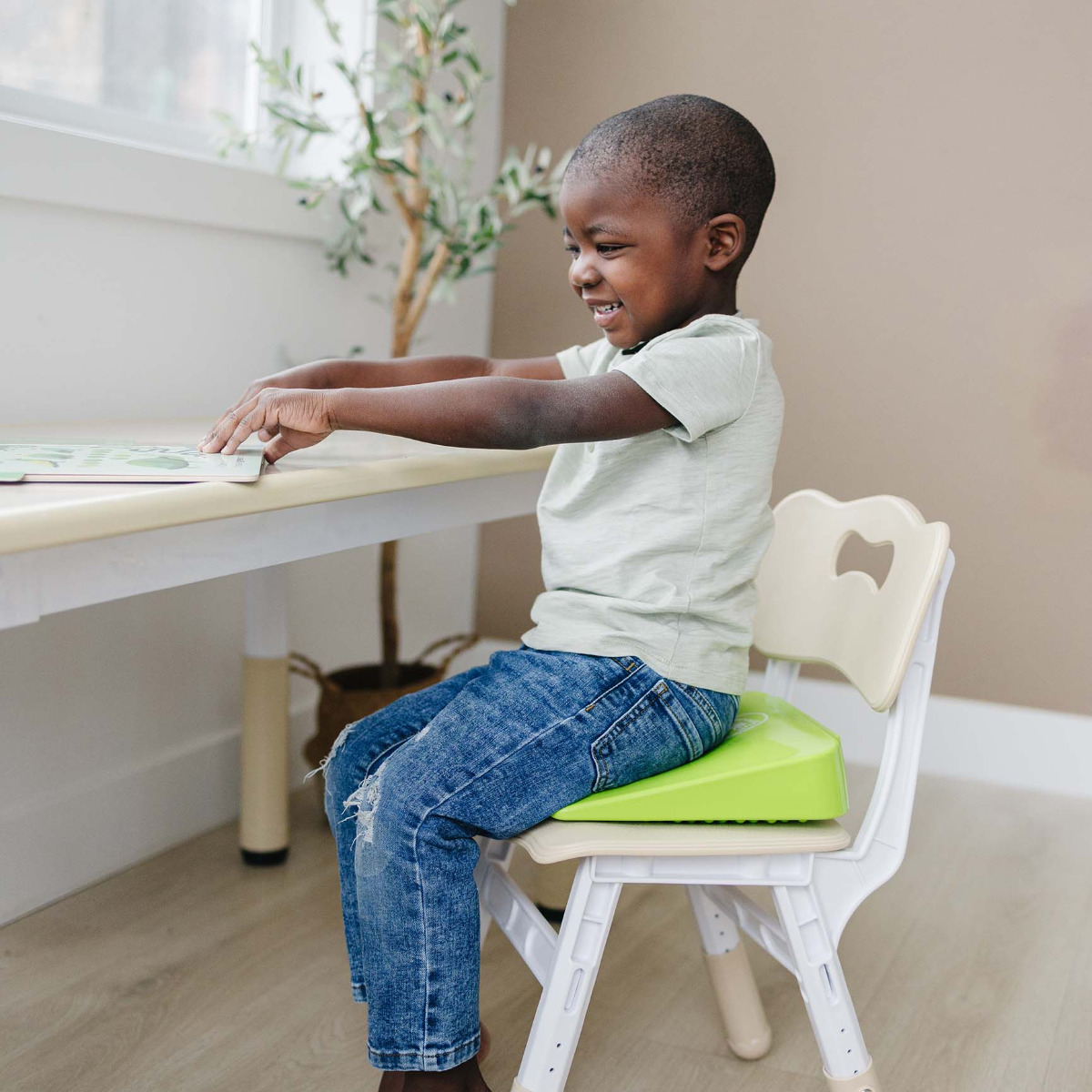

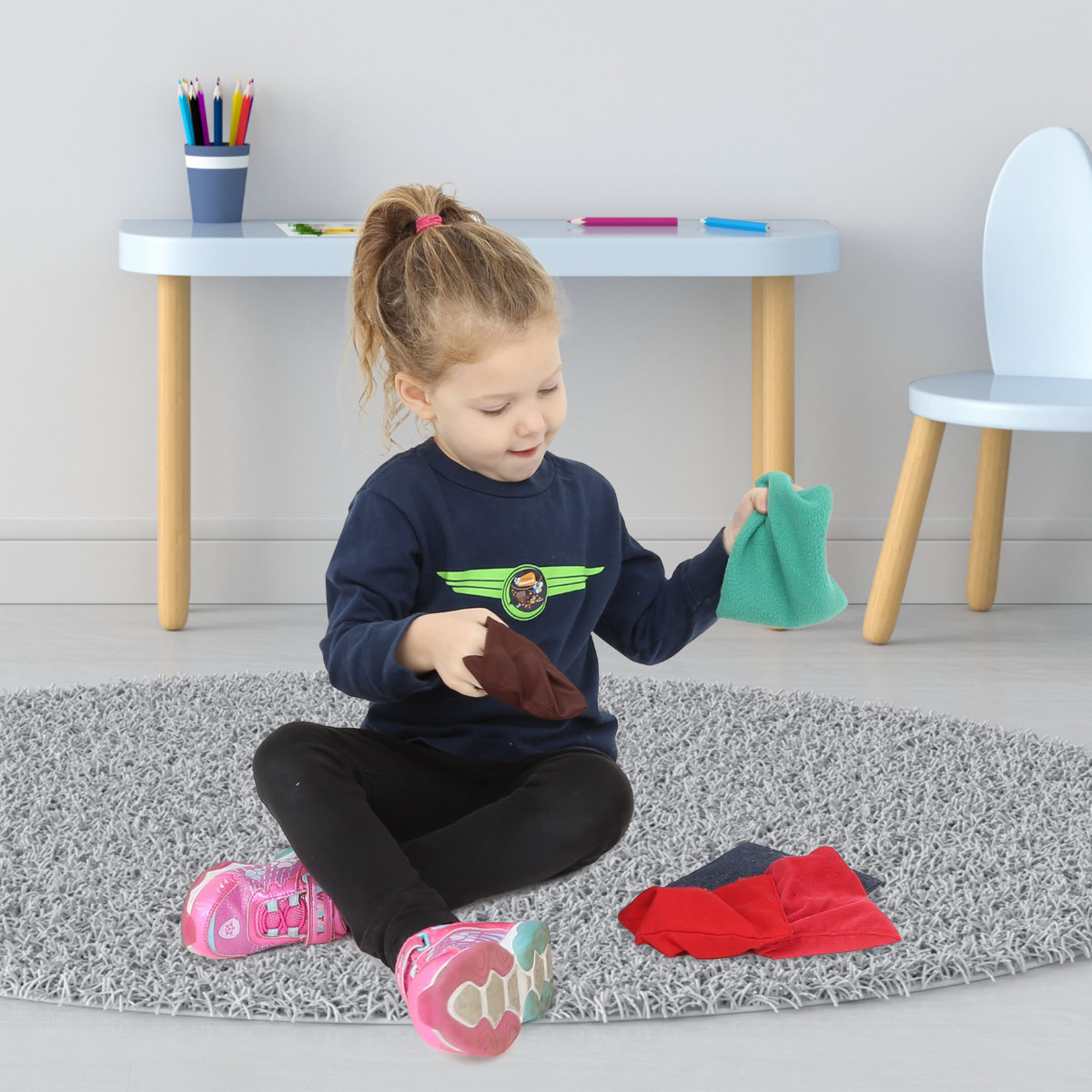

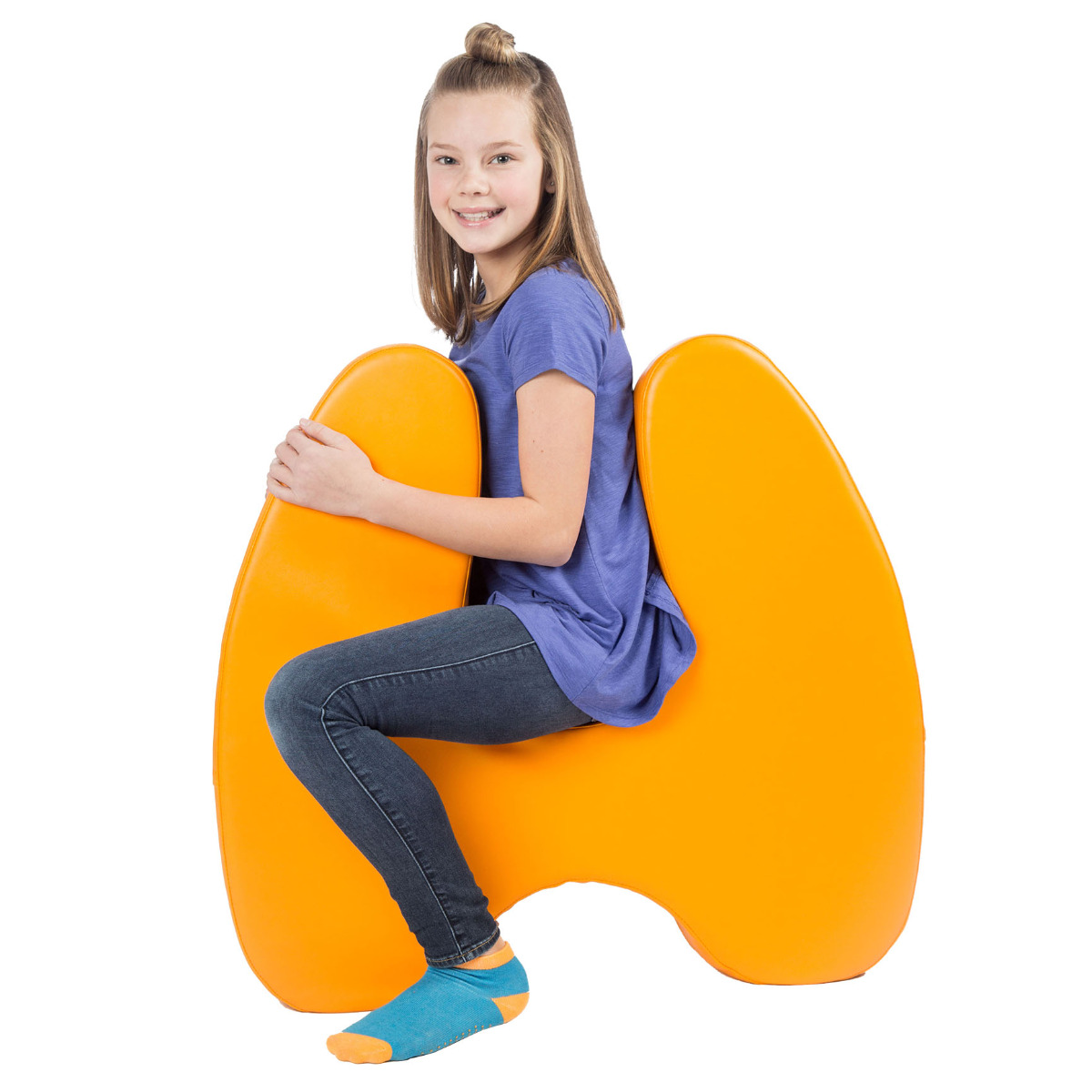



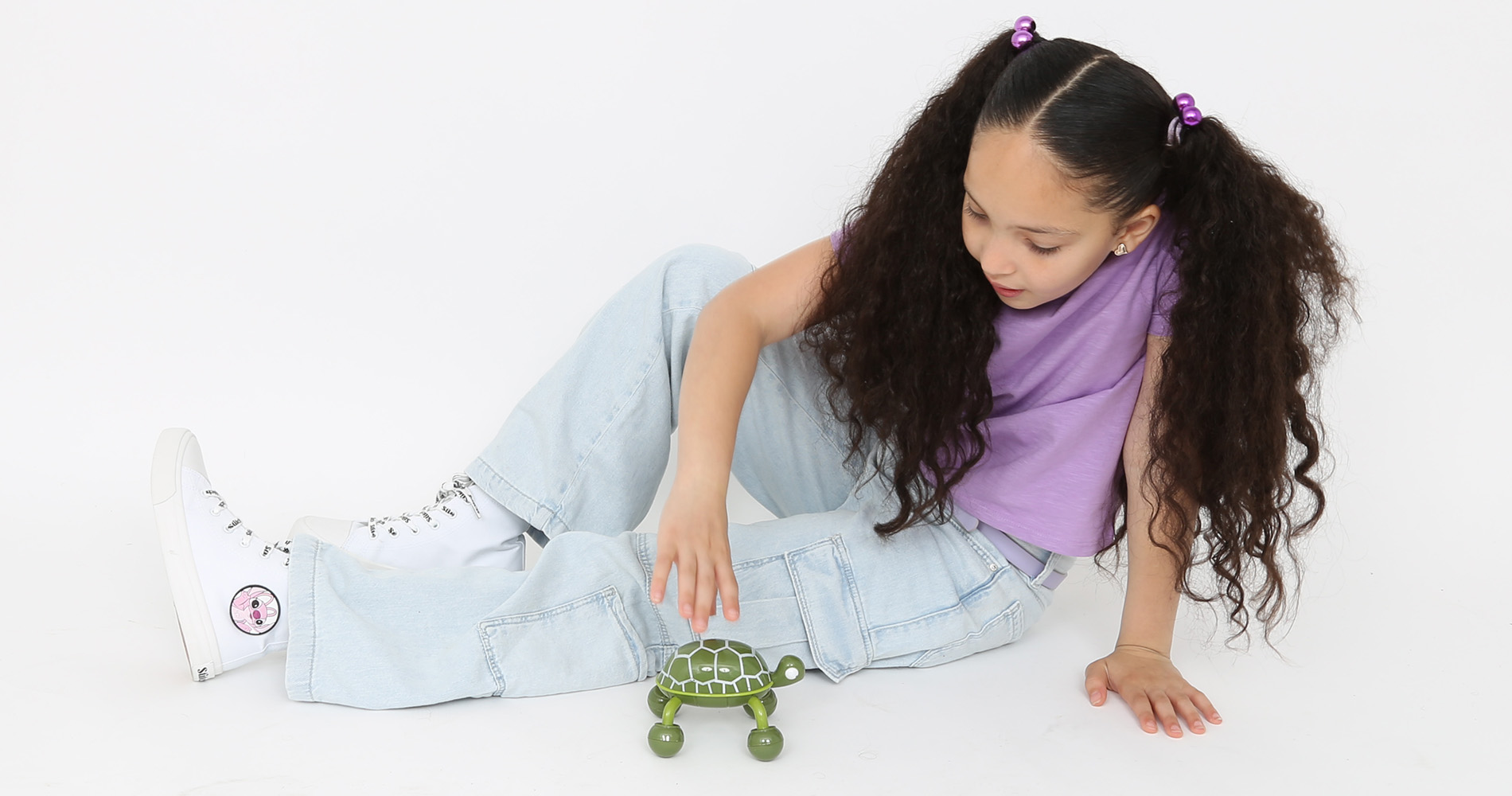
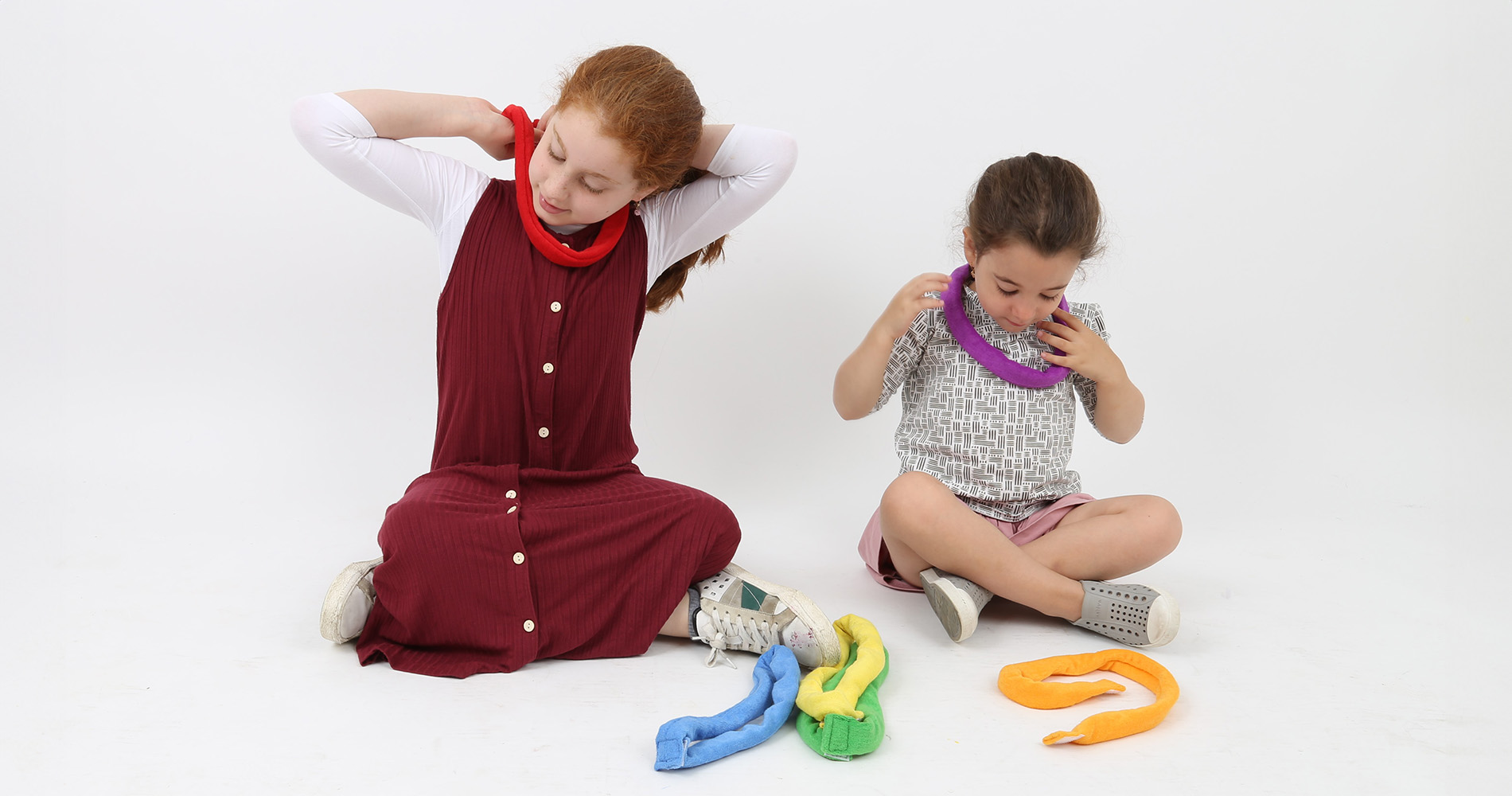
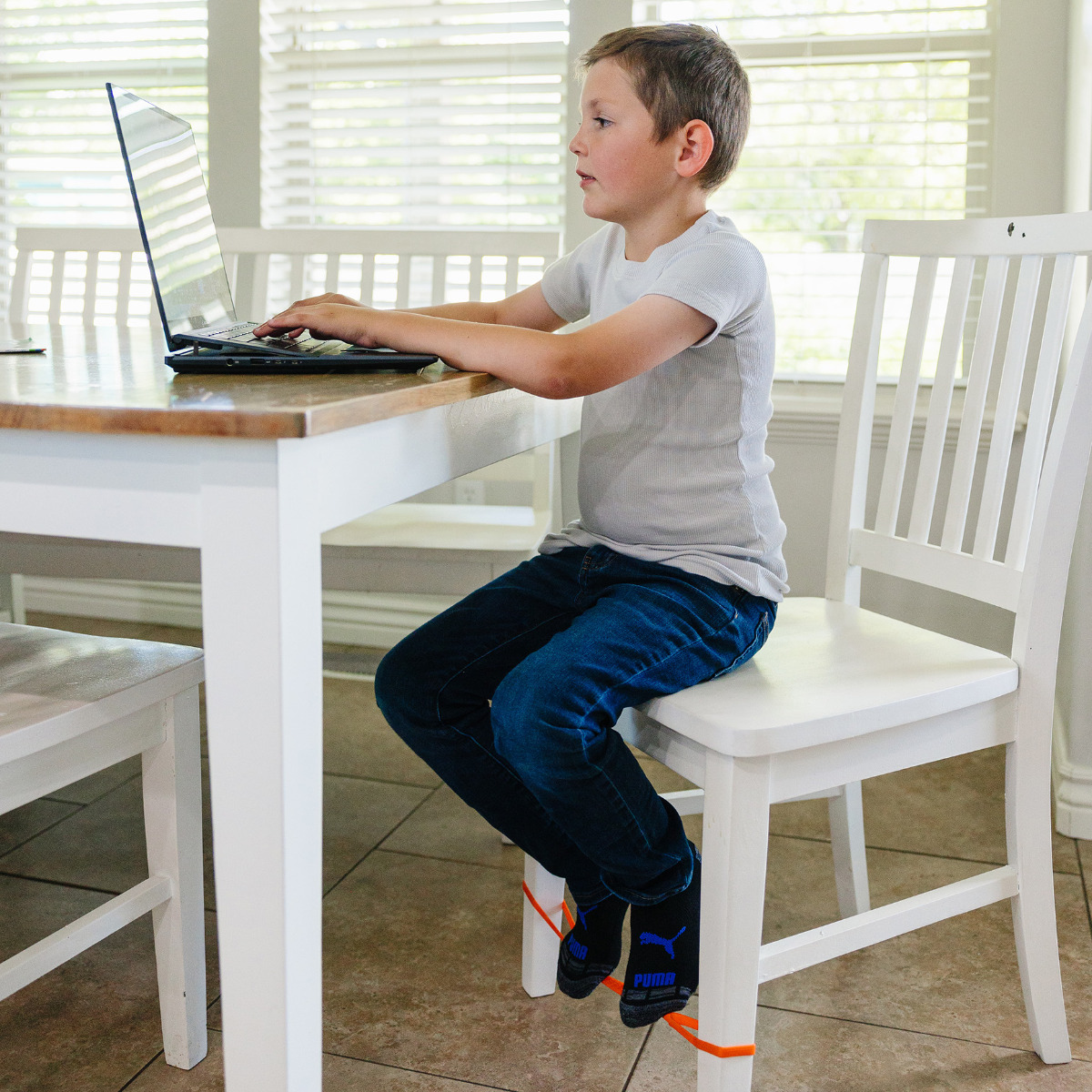






Comments